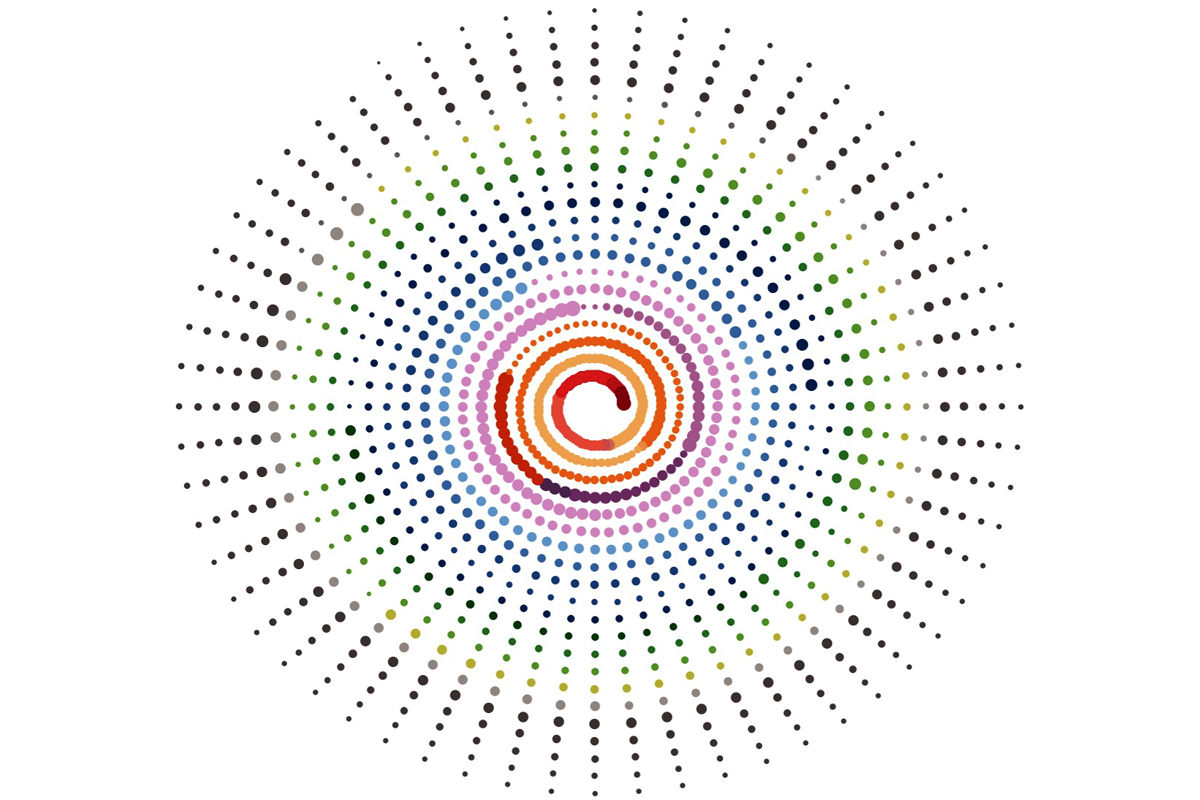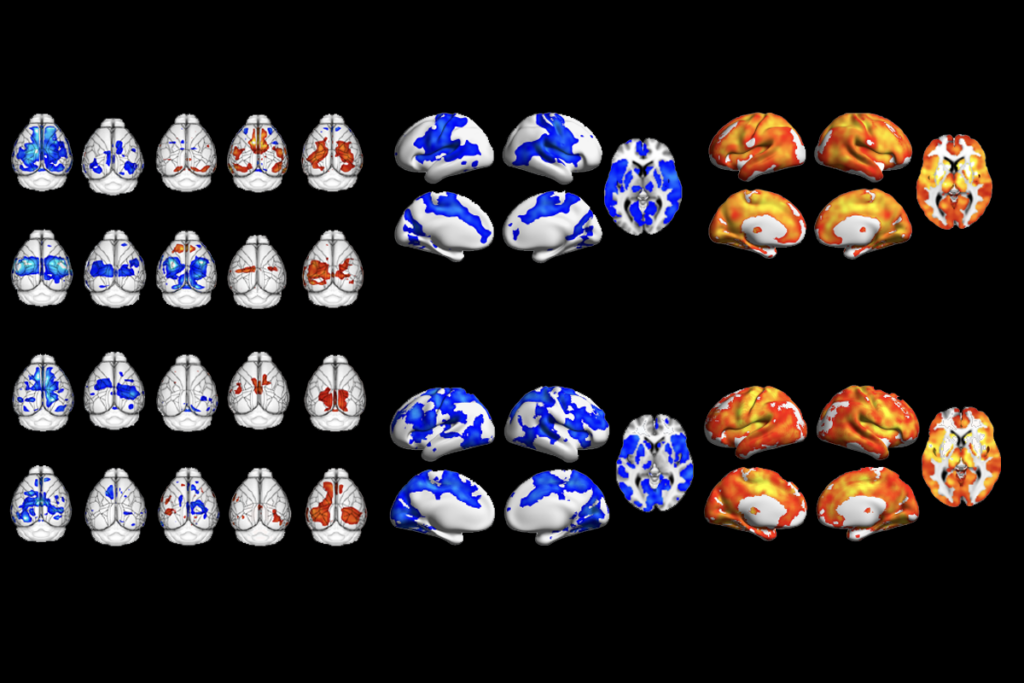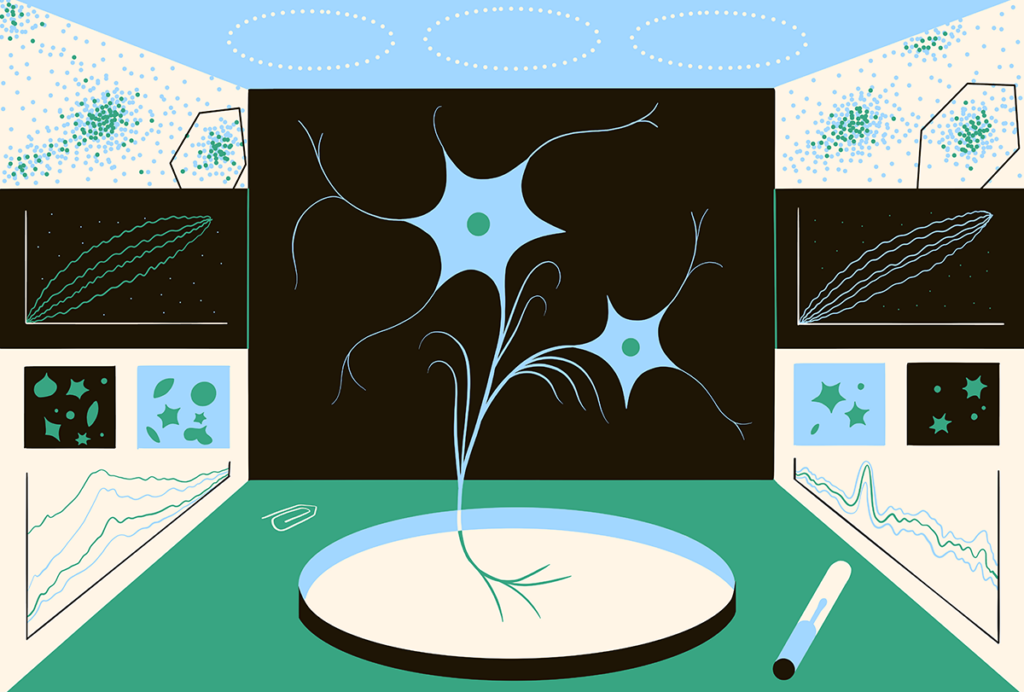- Infants with fragile X syndrome show greater developmental delays than infants with a family history of autism who are later diagnosed with autism. Journal of Neurodevelopmental Disorders
- Disparities in specialized autism assessments exist across racial and ethnic groups, and also across economic groups, according to a review of records from the U.S.-based Autism and Developmental Disabilities Monitoring Network. Paediatric and Perinatal Epidemiology
- About 40 percent of children and adolescents with autism have expressed to their caregivers a wish to die. About 20 percent wanted to end their own life. These suicidal thoughts emerge as early as 8 years of age. JAMA Pediatrics
- Mice with missense mutations of the DNMT3A gene—linked to Tatton-Brown-Rahman syndrome, a condition characterized by autism traits, overgrowth and intellectual disability—have skeletal overgrowth and bone thinning. Bone
- The SHANK3 transcriptome is altered in postmortem brains from autistic people and in mouse models of autism, according to a preprint. bioRxiv
Fragile X syndrome; DNMT3A gene; SHANK3 transcriptome
Here is a roundup of autism-related news and research spotted around the web for the week of 8 April.
By
Jill Adams
9 April 2024 | 2 min read

Many messengers: A multitude of unique mRNA transcripts (dots) containing unique combinations of functional domains (colors) are found in mice missing SHANK genes.
- Two 19-year-old identical twins with autism demonstrate the diversity of the condition, with one in college and the other attending a specialized school. NPR
- Mice missing the gene FMR1, a model of fragile X syndrome, have altered retinal ganglion cells and decreased sensitivity to light, according to a preprint. bioRxiv
- Variants of the gene FOXP1 can lead to neurodevelopmental conditions and congenital abnormalities, including diaphragmatic hernia. Journal of Pediatric Genetics
If you or someone you know is having suicidal thoughts, help is available. Here is a worldwide directory of resources and hotlines that you can call for support.
tags:
Recommended reading

Expediting clinical trials for profound autism: Q&A with Matthew State
By
Lauren Schenkman
24 April 2025 | 8 min read

Too much or too little brain synchrony may underlie autism subtypes
By
Calli McMurray
17 April 2025 | 6 min read
Explore more from The Transmitter

This paper changed my life: Shane Liddelow on two papers that upended astrocyte research
By
Shane Liddelow
23 April 2025 | 6 min read
Dean Buonomano explores the concept of time in neuroscience and physics
By
Paul Middlebrooks
23 April 2025 | 111 min listen

What birds can teach us about the ‘biological truth’ of sex
By
Nicole M. Baran
22 April 2025 | 7 min read
Cite this article:
